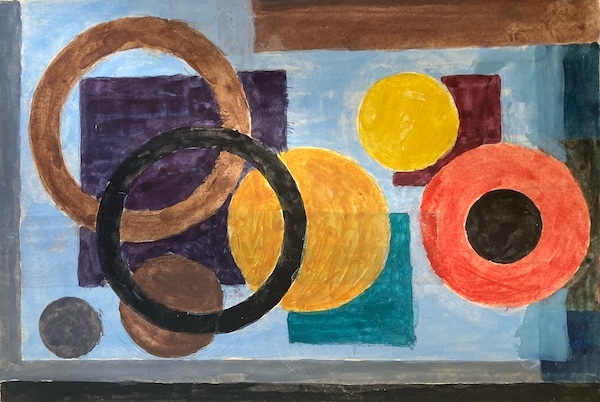Biography
In 1911, Pál Bor obtained a degree in mechanical engineering at the Budapest University of Technology. Between 1911 and 1914 he studied painting in Paris, where his masters were Henry Martin and Maurice Denis. In 1913, he studied under István Réti in Nagybánya, then under Aladár Körösfői-Kriesch in Budapest. Between 1914 and 1919 he was a civilian internee in Brittany: during his captivity he drew, painted and sculpted a lot. After returning home, in 1919, he worked at József Rippl-Rónai's artist colony in Fonyód. Between 1920 and 1944 he painted in Badacsony. He exhibited regularly from 1921.
He also dealt with art theory and criticism. His writings were published in Nyugat and Magyar Írás: he also worked as the fine arts editor of the latter between 1921–1927. He lived in Paris between 1924 and 1925. He was a founding, core and board member of the New Society of Artists between 1926 and 1949 and regularly exhibited with the society. He was in Italy between 1925 and 1926. In the 1930s, he designed carpets and co-founded the Workshop Association. In 1945, his studio in the Klotild Palace burned down, and most of his works were destroyed along with it. At the end of the fifties, he traveled again: he visited France, Italy, England and Dalmatia. At the beginning of the sixties, he was preoccupied with the new, colored glass painting technique. In 1986, he had a memorial exhibition in the old Kunsthalle, Budapest.
His style can be linked to post-impressionism, he also created cubist works in the twenties. In his scenes, he sought a balance between these two styles and tried out many fine art genres. His works of applied art and sculptures were born in the spirit of art deco, and he also worked on set design and mural works.

